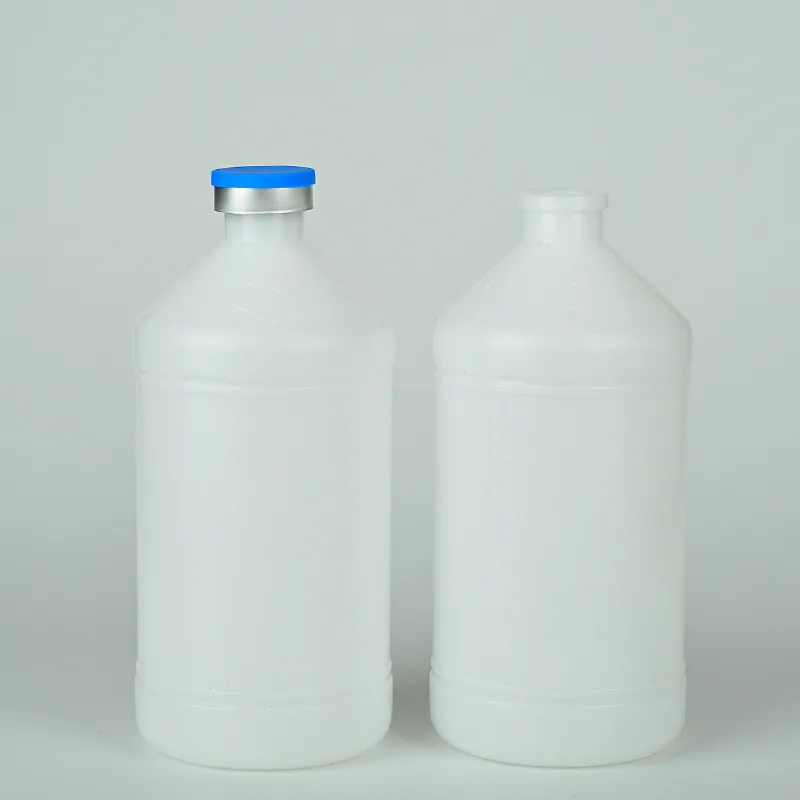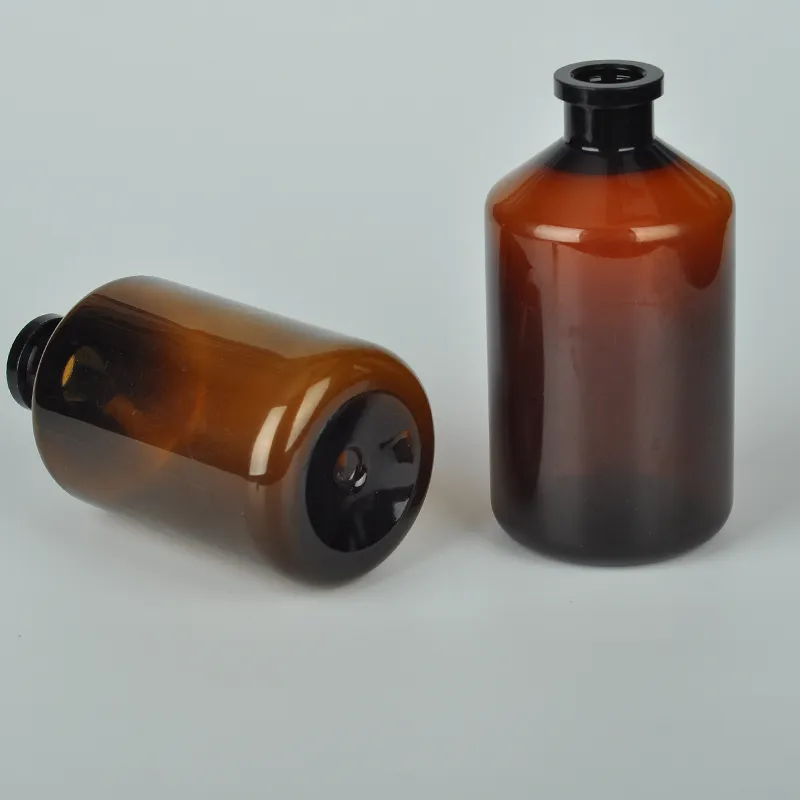https://www.wahmg.com/)">
Understanding the Significance of Blood Sample Bottle Colors in Clinical Testing and Diagnosis
Understanding the Significance of Blood Sample Bottle Colors in Clinical Testing and Diagnosis
The Significance of Colors in Blood Sample Bottles
In the world of medical diagnostics, blood sample collection is a critical procedure, and the colors of blood sample bottles are more than mere aesthetics. Each color serves a specific purpose, indicating different additives and anticoagulants used for various analyses. Understanding this color-coded system is essential for healthcare professionals to ensure accurate testing results and to streamline the laboratory processes.
Blood sample bottles are typically made of glass or plastic and are color-coded according to their function. The most commonly recognized colors include red, blue, lavender (or purple), green, and yellow. Each color corresponds to different types of tests and preparation methods, making it crucial for laboratory technicians to familiarize themselves with this system.
Red Bottles
Red blood sample bottles are primarily used for serology tests and blood chemistry tests. These bottles usually contain no additives, allowing the blood to clot naturally. This clotted blood can then be centrifuged to separate the serum, which is essential for many diagnostic tests. In emergency rooms, red bottles are often used for cross-matching blood for transfusions.
Blue Bottles
Blue-top blood sample bottles contain sodium citrate, an anticoagulant that prevents blood from clotting. They are typically used for coagulation studies, such as prothrombin time (PT) and activated partial thromboplastin time (aPTT) tests. The precise ratio of blood to anticoagulant in these bottles is crucial; any deviation can lead to inaccurate results, impacting patient management and treatment decisions.
Lavender Bottles
colours of blood sample bottles

Lavender or purple bottles contain ethylenediaminetetraacetic acid (EDTA), another type of anticoagulant. These bottles are predominantly used for hematology tests, such as complete blood counts (CBCs). The role of EDTA is to preserve the morphology of blood cells, allowing for accurate counting and examination under a microscope. This is vital for diagnosing various blood disorders, including anemia and leukemias.
Green Bottles
Green-top blood sample bottles are typically filled with either heparin or lithium heparin, which also serves as an anticoagulant. These bottles are often used in chemistry tests requiring plasma, such as electrolyte panels and liver function tests. The use of heparin in these tests helps maintain the integrity of the plasma and provides more accurate biochemical analysis.
Yellow Bottles
Yellow blood sample bottles can have varying functions depending on the specific additives they contain. Some may contain sodium polyacrylate or acid citrate dextrose (ACD), making them suitable for blood cultures and specific microbiological tests. The yellow bottles are essential for detecting infections and guiding appropriate antibiotic therapy.
Conclusion
The color-coded system of blood sample bottles plays a vital role in the efficiency and accuracy of laboratory testing. Healthcare professionals must be well-versed in the meanings behind each color to ensure that specimens are collected and processed correctly. This knowledge ultimately contributes to better patient care by facilitating timely and precise diagnostic results. As the medical field continues to evolve, understanding the intricacies of laboratory practices, including the significance of blood sample bottle colors, remains fundamental in promoting effective healthcare delivery.
-
Wholesale Plastic Juice Bottles with Caps 16 oz Options Available Bulk Packaging SolutionsNewsJun.10,2025
-
Laboratory Apparatus Reagent Bottle – Durable & Chemical Resistant Bottles for Safe StorageNewsJun.10,2025
-
Squeezable Dropper Bottles Durable, Leak-Proof & CustomizableNewsMay.30,2025
-
Affordable Plastic Petri Plates Sterile & Disposable Lab-GradeNewsMay.30,2025
-
Eye Dropper Caps Precision 24/410 & Plastic Bottle-Compatible TipsNewsMay.30,2025
-
Affordable Mini Spray Bottle Price & Wholesale Deals Shop NowNewsMay.29,2025





















